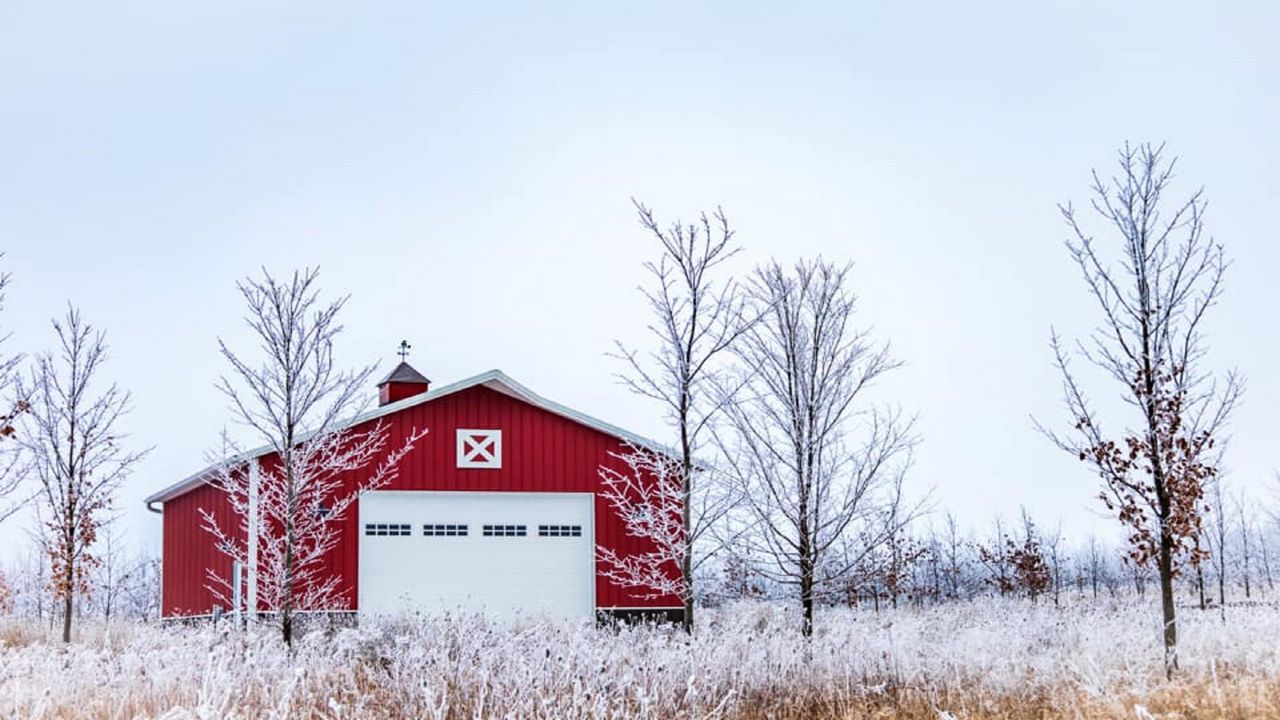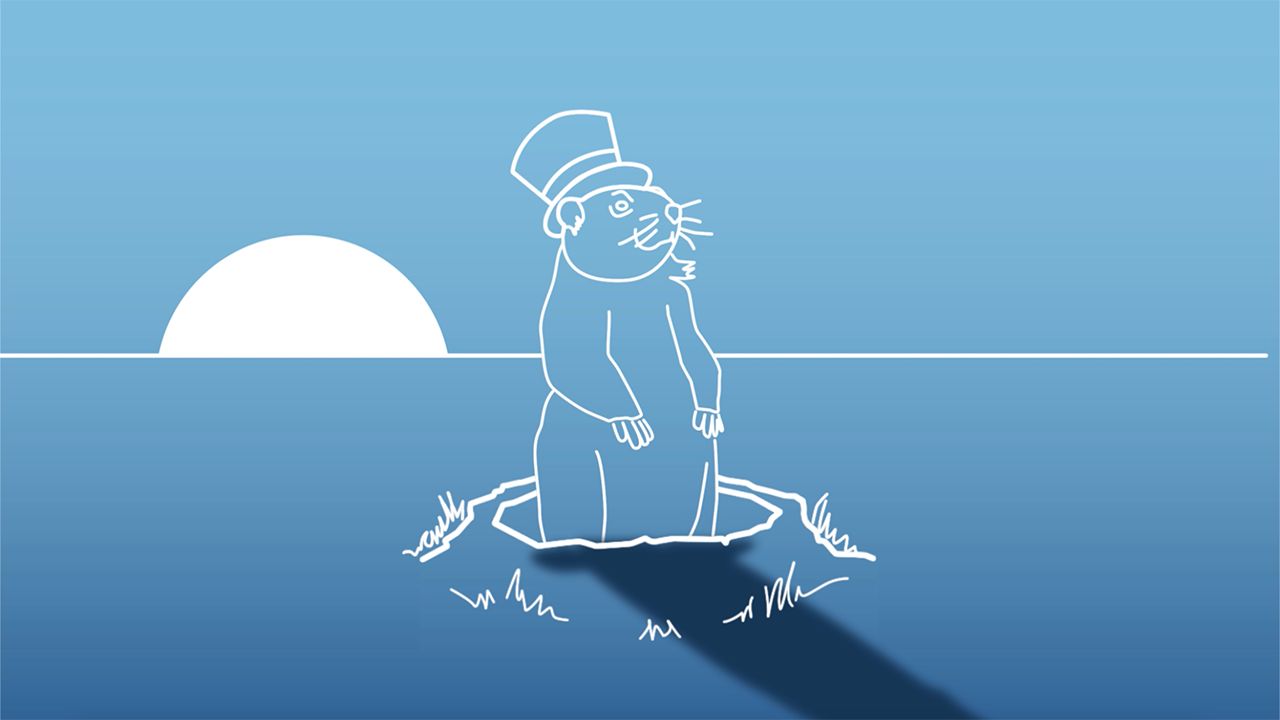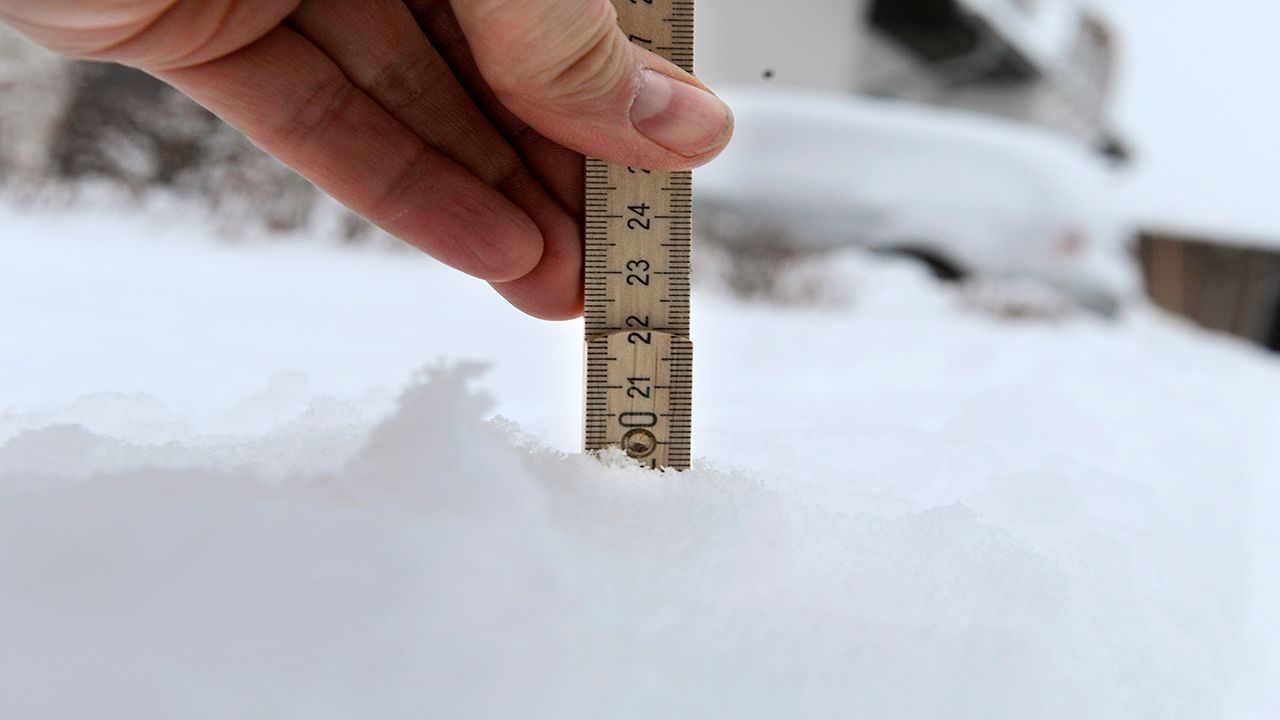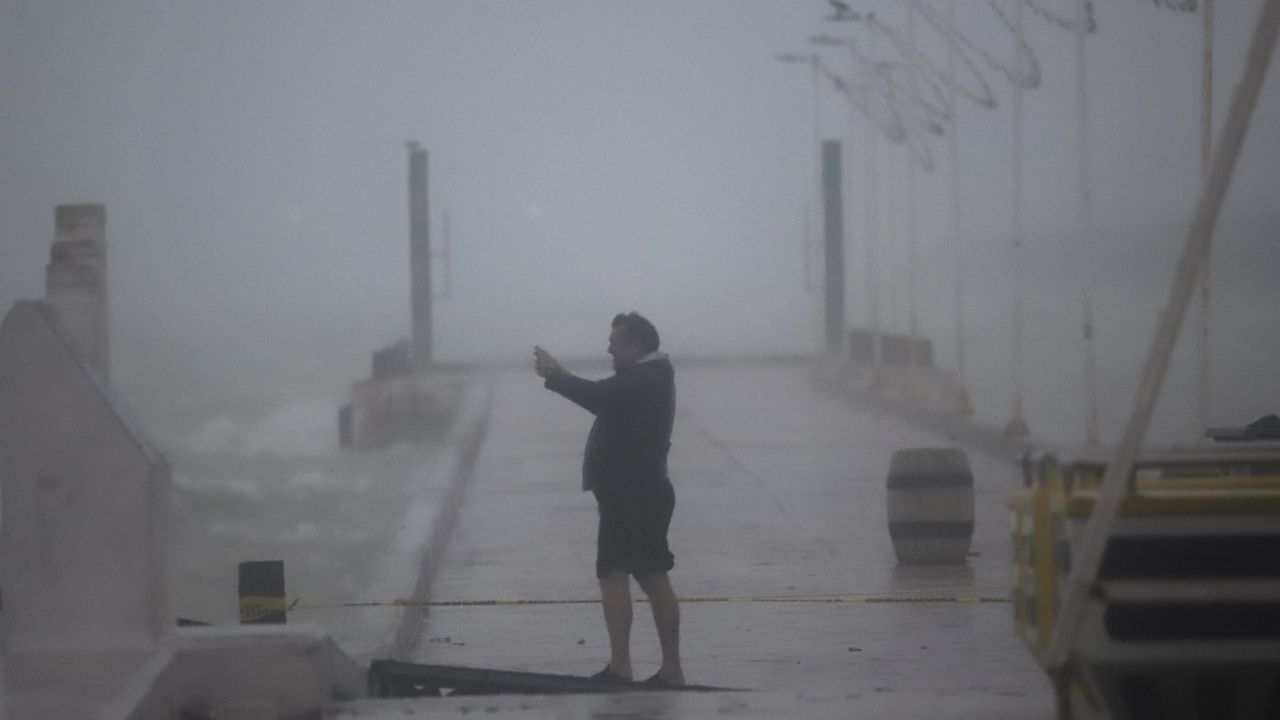As we close the book on November, it’s time to look ahead to see what Mother Nature may have in store for the Badger State for next month.
The National Weather Service Climate Prediction Center (CPC) is forecasting temperatures in Wisconsin and for much of the eastern half of the United States to be warmer than average.
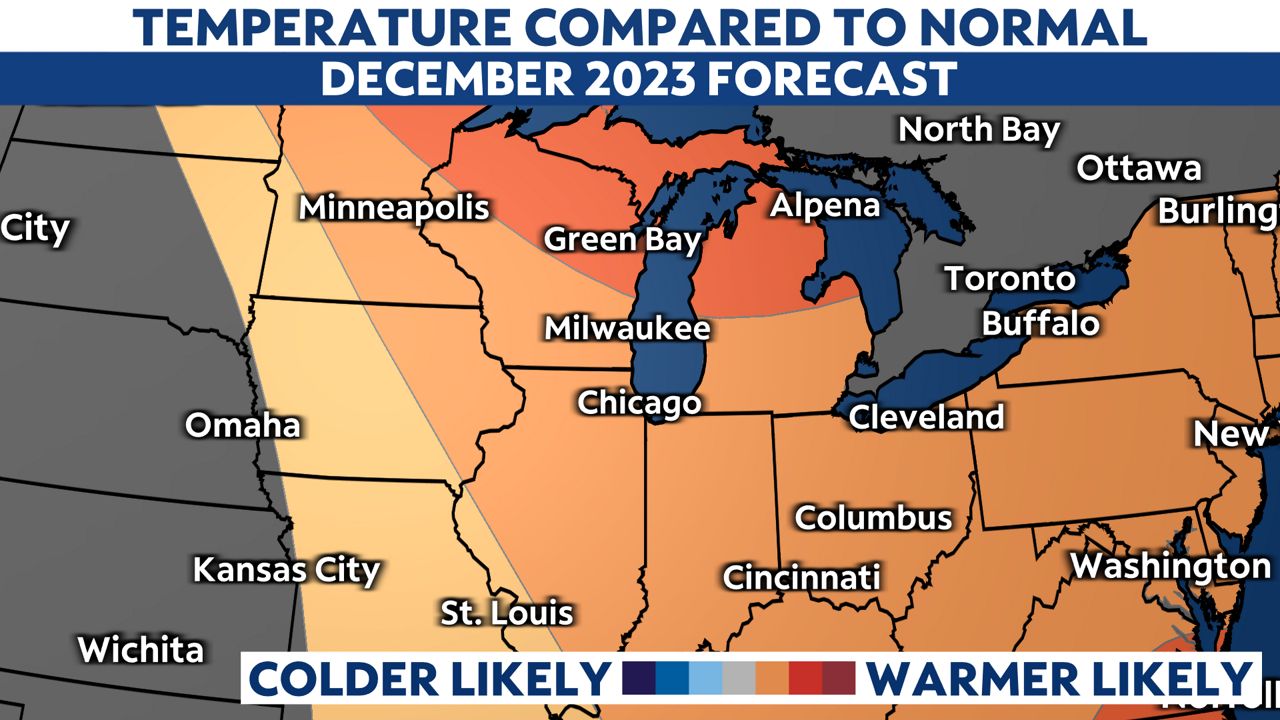
The probability of warmer temperatures is the highest in parts of northern Wisconsin and extending into much of Michigan.
Throughout the month of December, our average high temperatures plummet across the state, so although warmer temperatures appear likely, it’s all relative when many cities see their average highs drop from the 30s into the 20s.
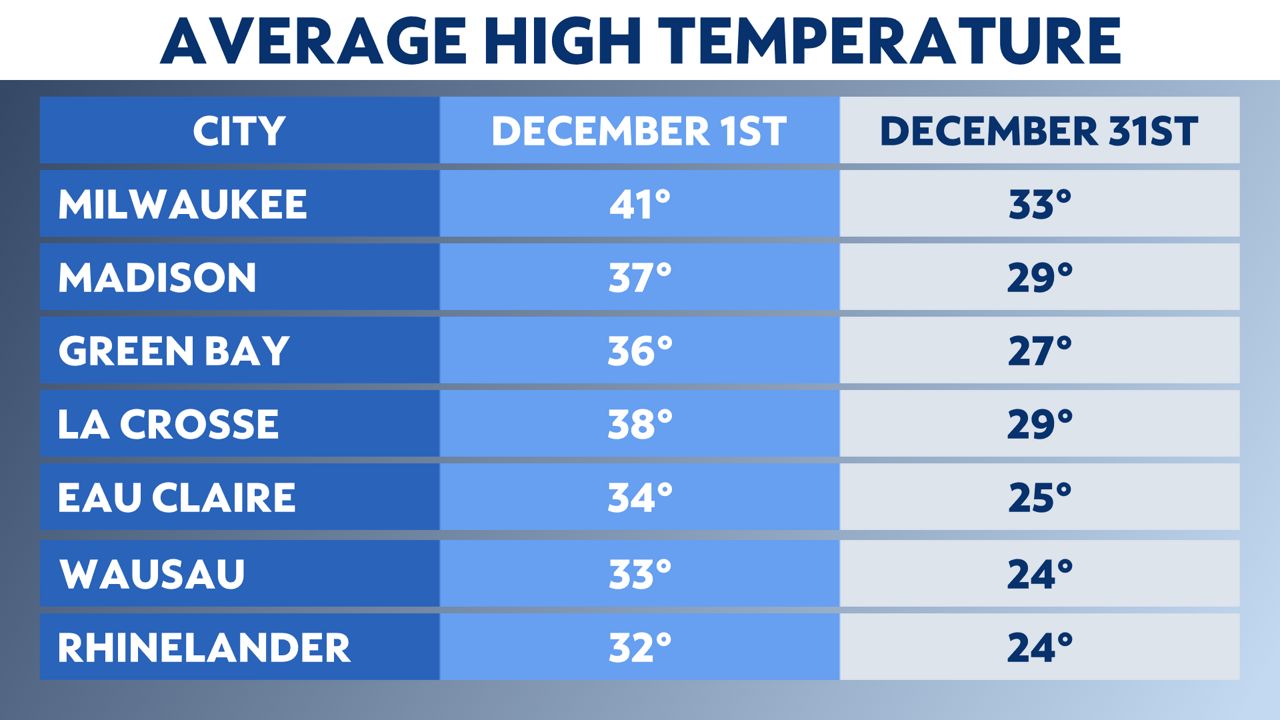
By Dec. 31, most cities experience typical high temperatures in the mid-to-upper 20s.
The CPC is also projecting equal chances of below normal and above normal precipitation across the Midwest, while other areas in the southeastern United States and the Plains may see precipitation amounts slightly above their monthly averages.
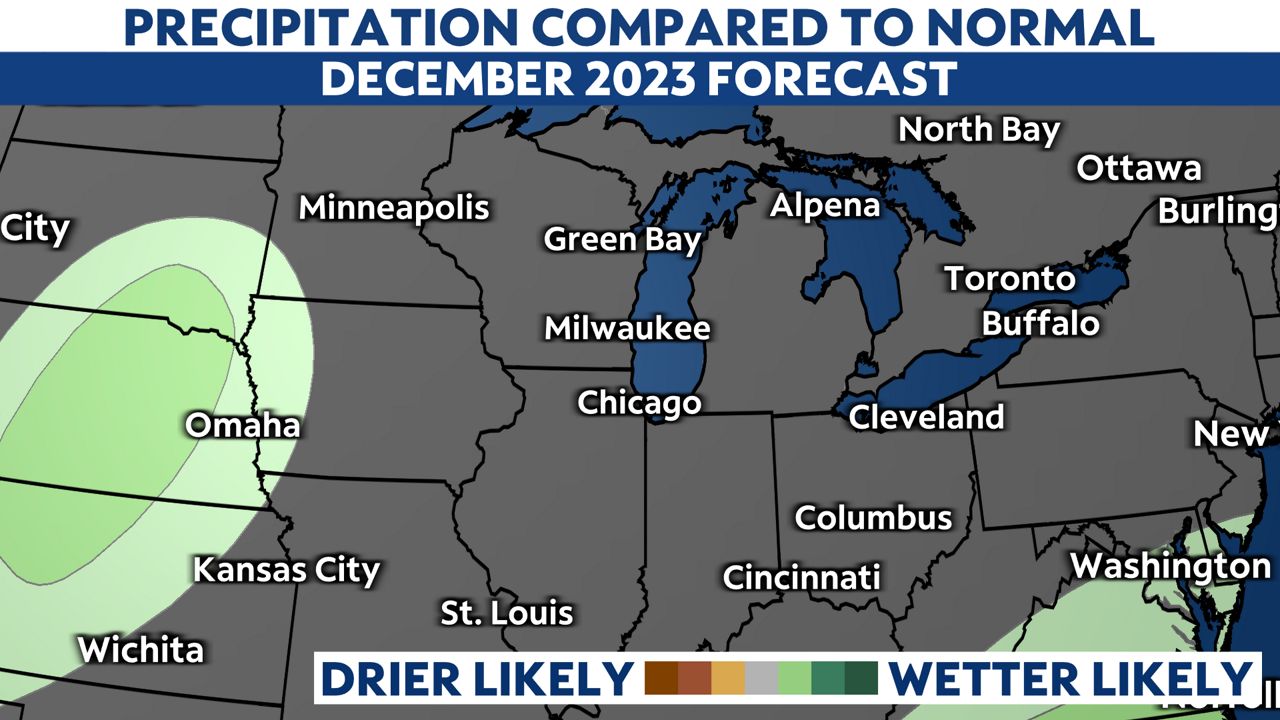
Typical snowfall amounts across the state during the month of December range from 10 inches to about 15 inches, with higher amounts usually measured near Lake Superior.
In Milwaukee, the average December snowfall is slightly above that 10 inch mark while cities like Wausau and Rhinelander measure closer to 15 inches.
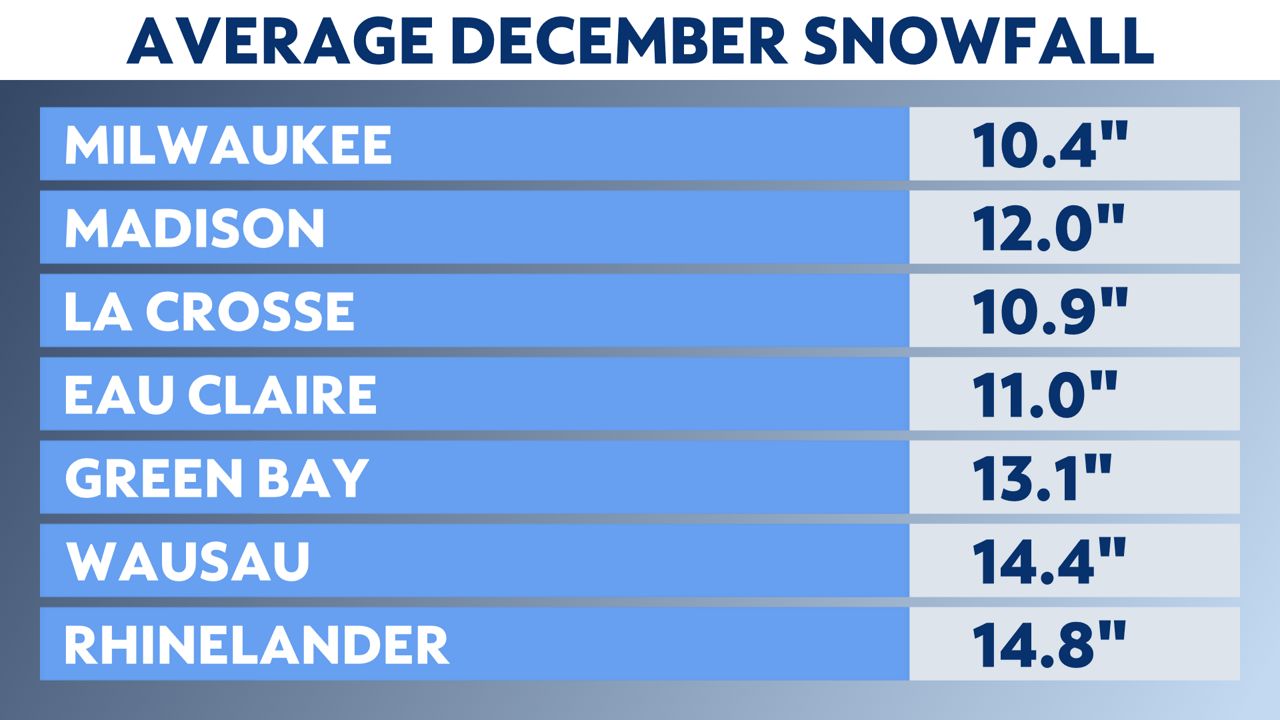
Wisconsin is no stranger to big December snowfalls. The record for the greatest 24-hour snowfall occurred between Dec. 26-27, 1904 in Neillsville in Clark County, where 26 inches was measured.
Winter officially begins on Dec. 21 at 9:27 p.m. and one thing is for sure: it’s only a matter of time before the cloudy, cold and snowy weather settles into the state so enjoy the quiet days while we still have them.
Our team of meteorologists dives deep into the science of weather and breaks down timely weather data and information. To view more weather and climate stories, check out our weather blogs section.





